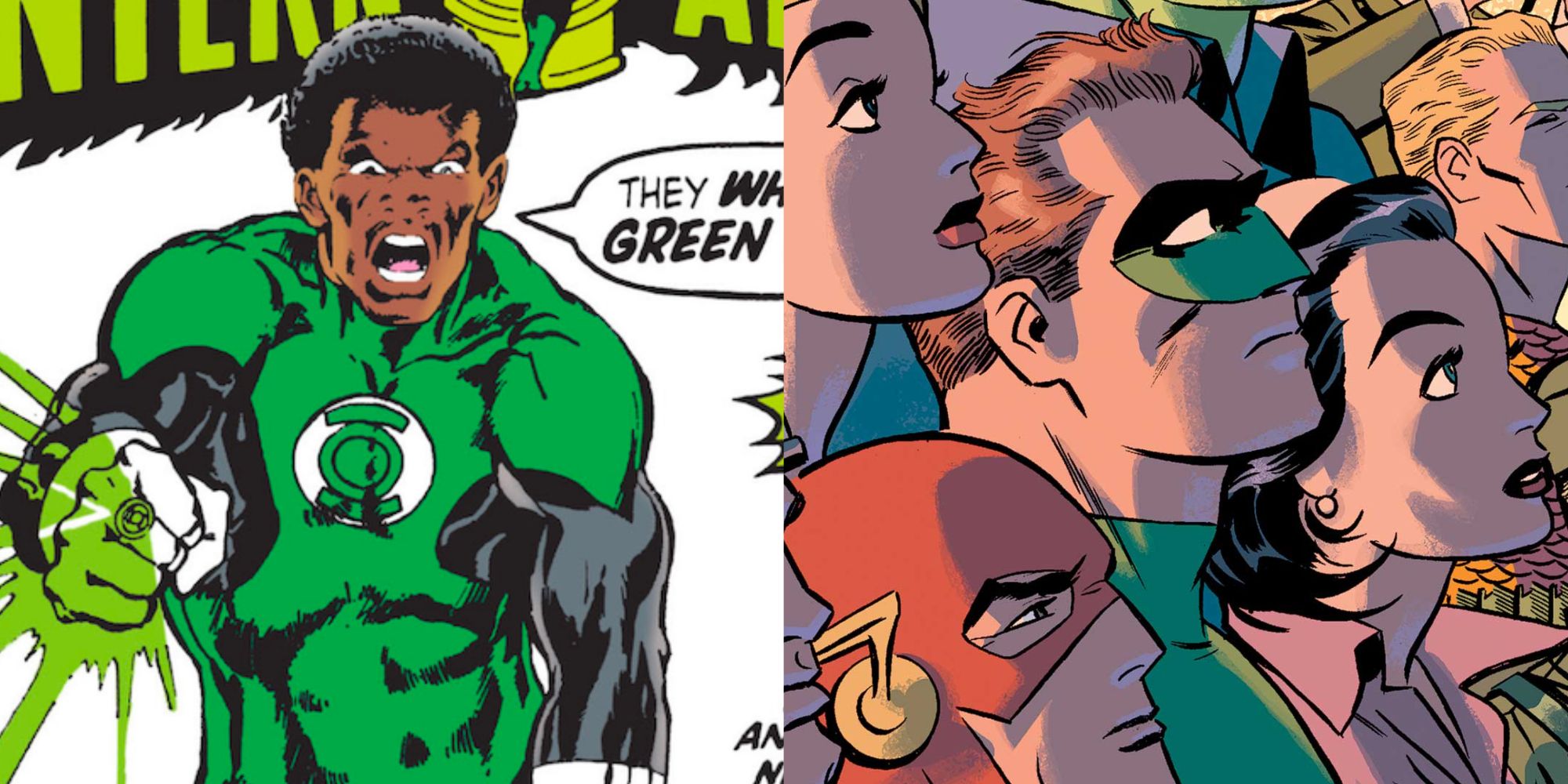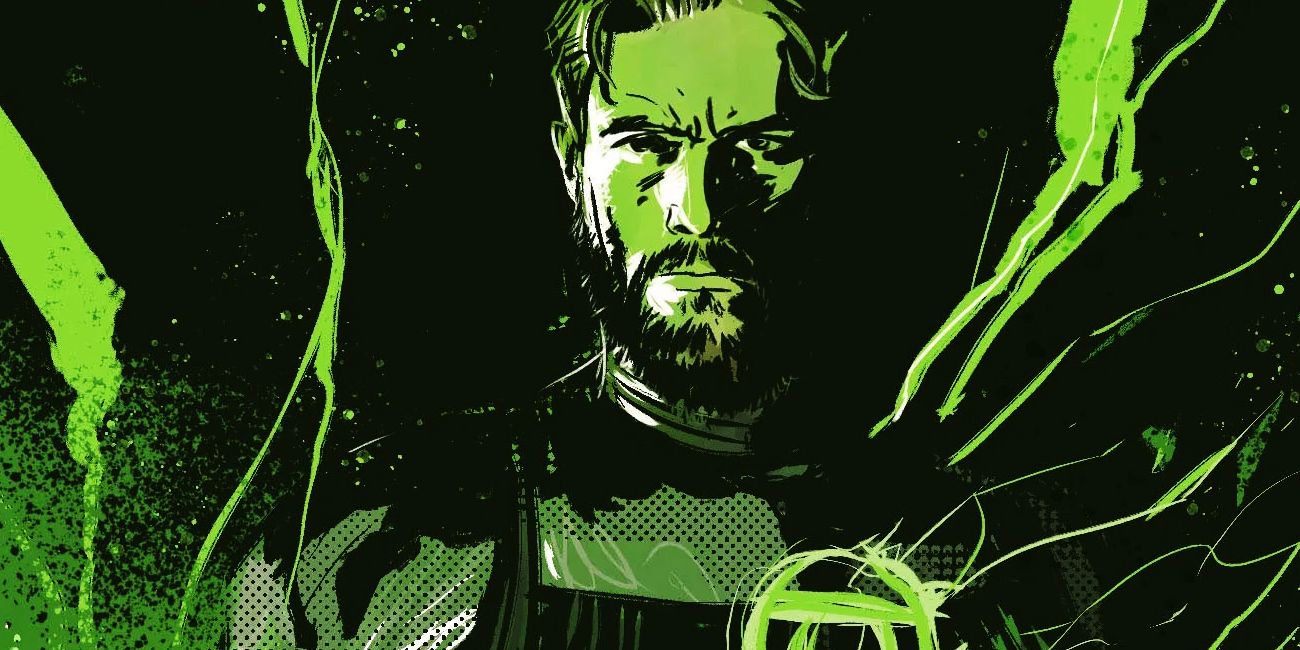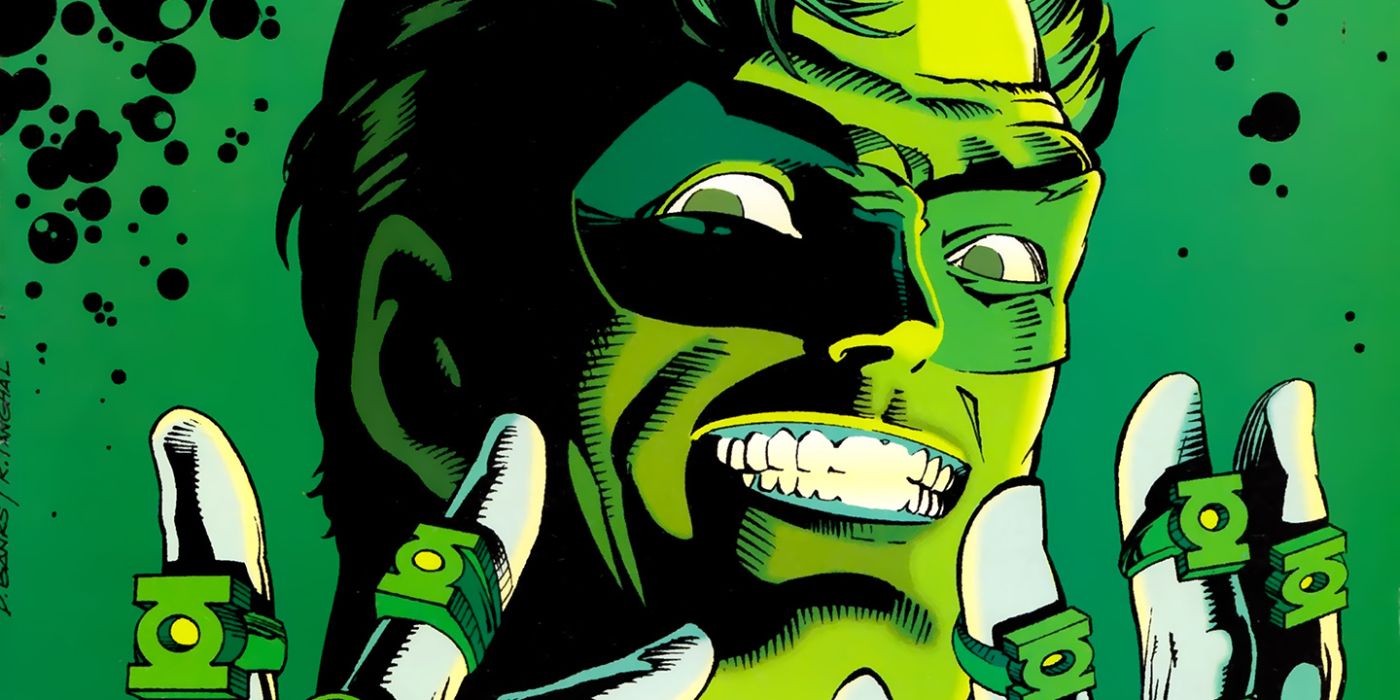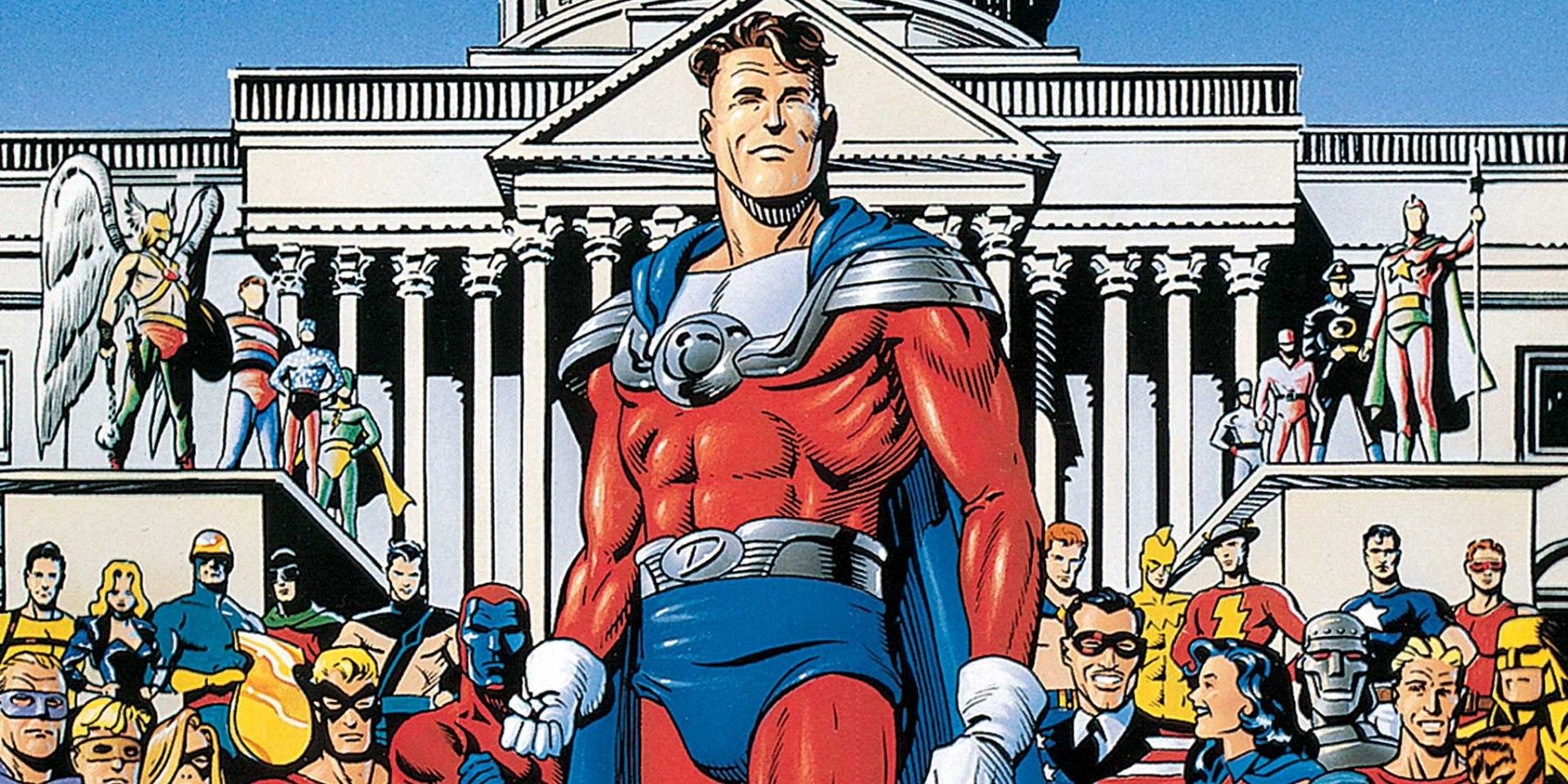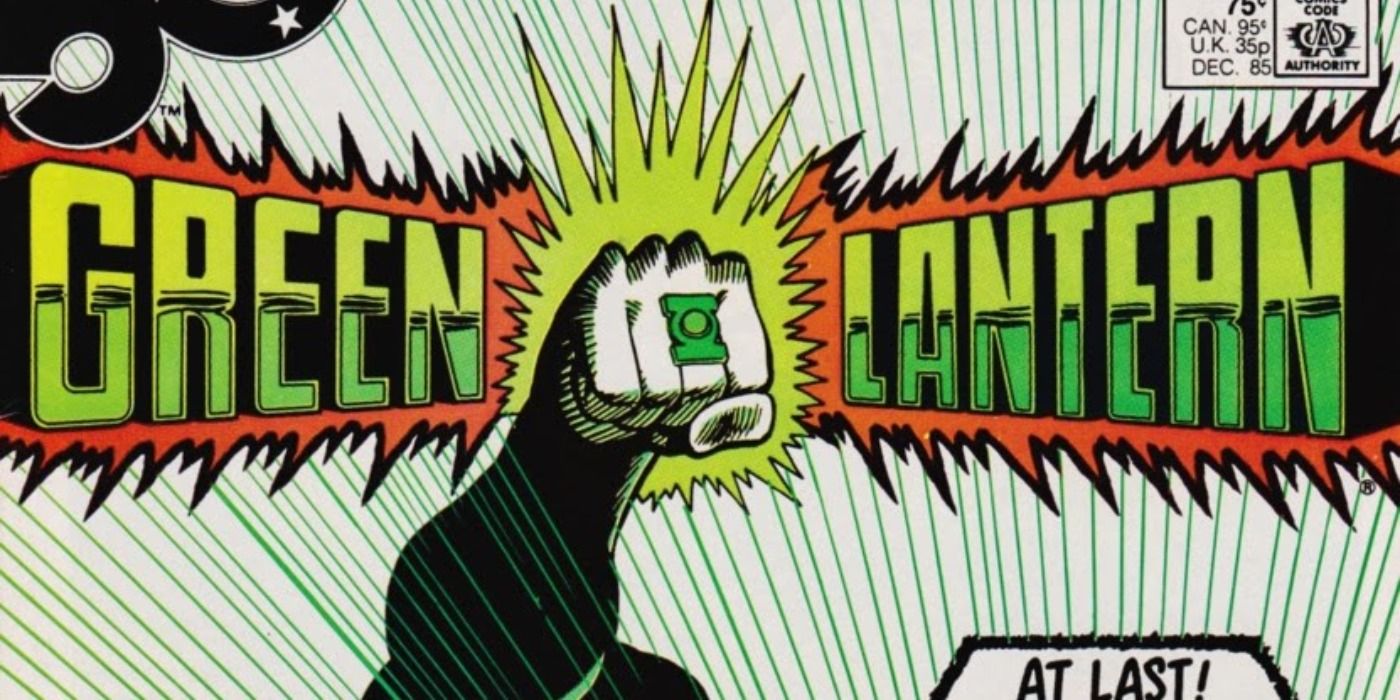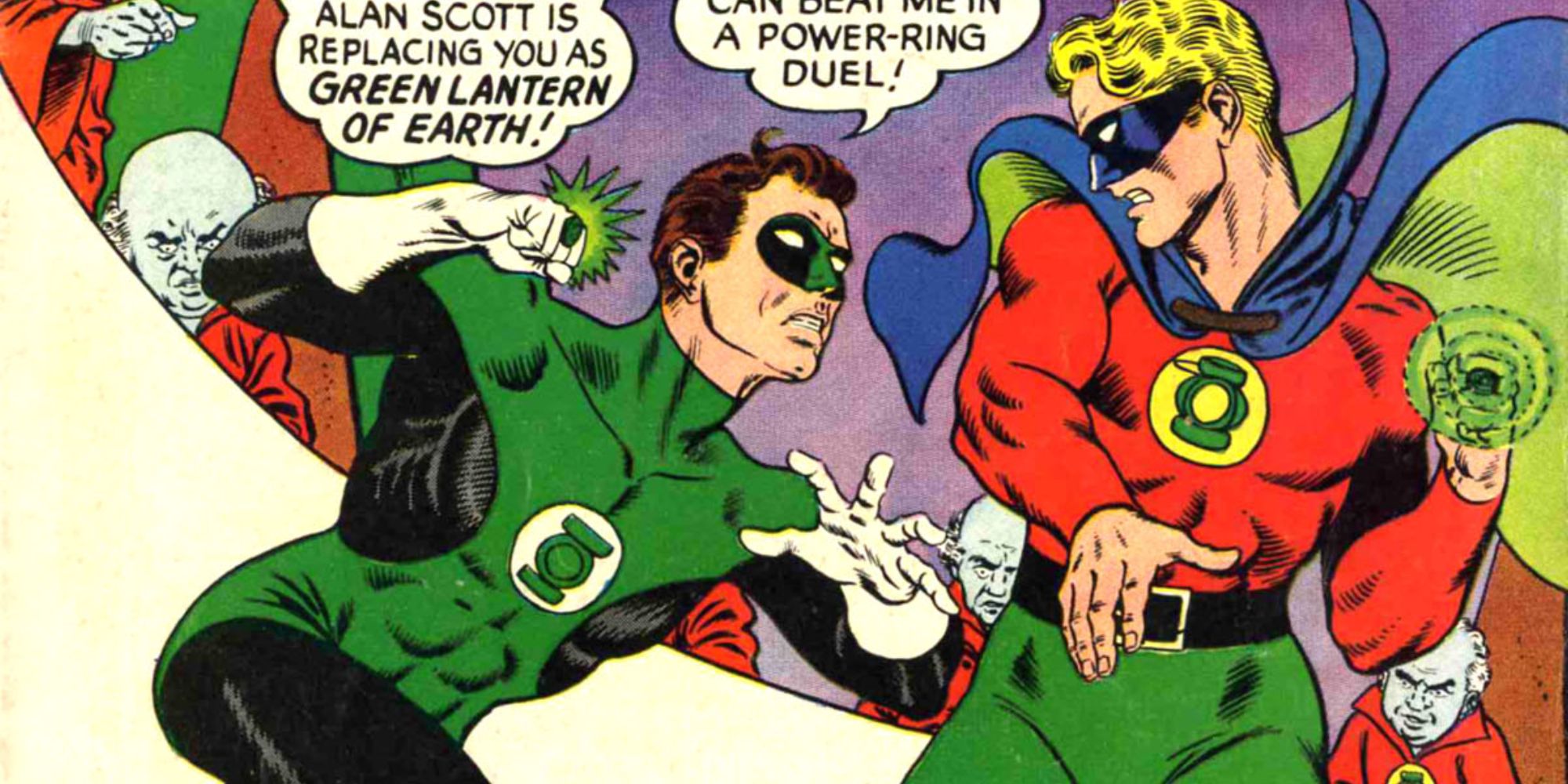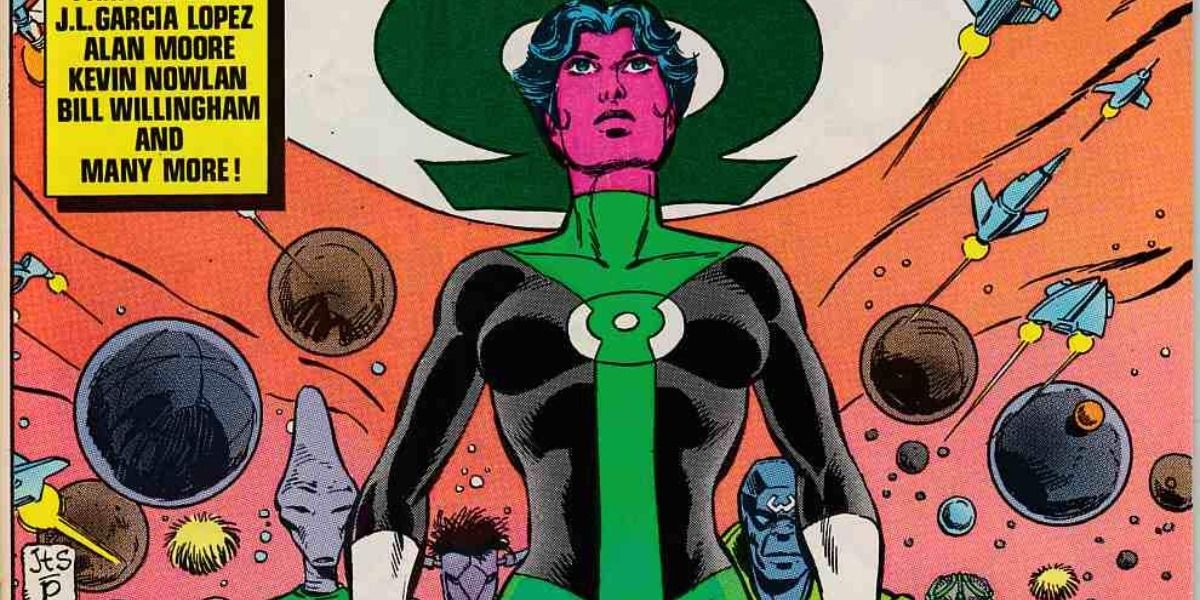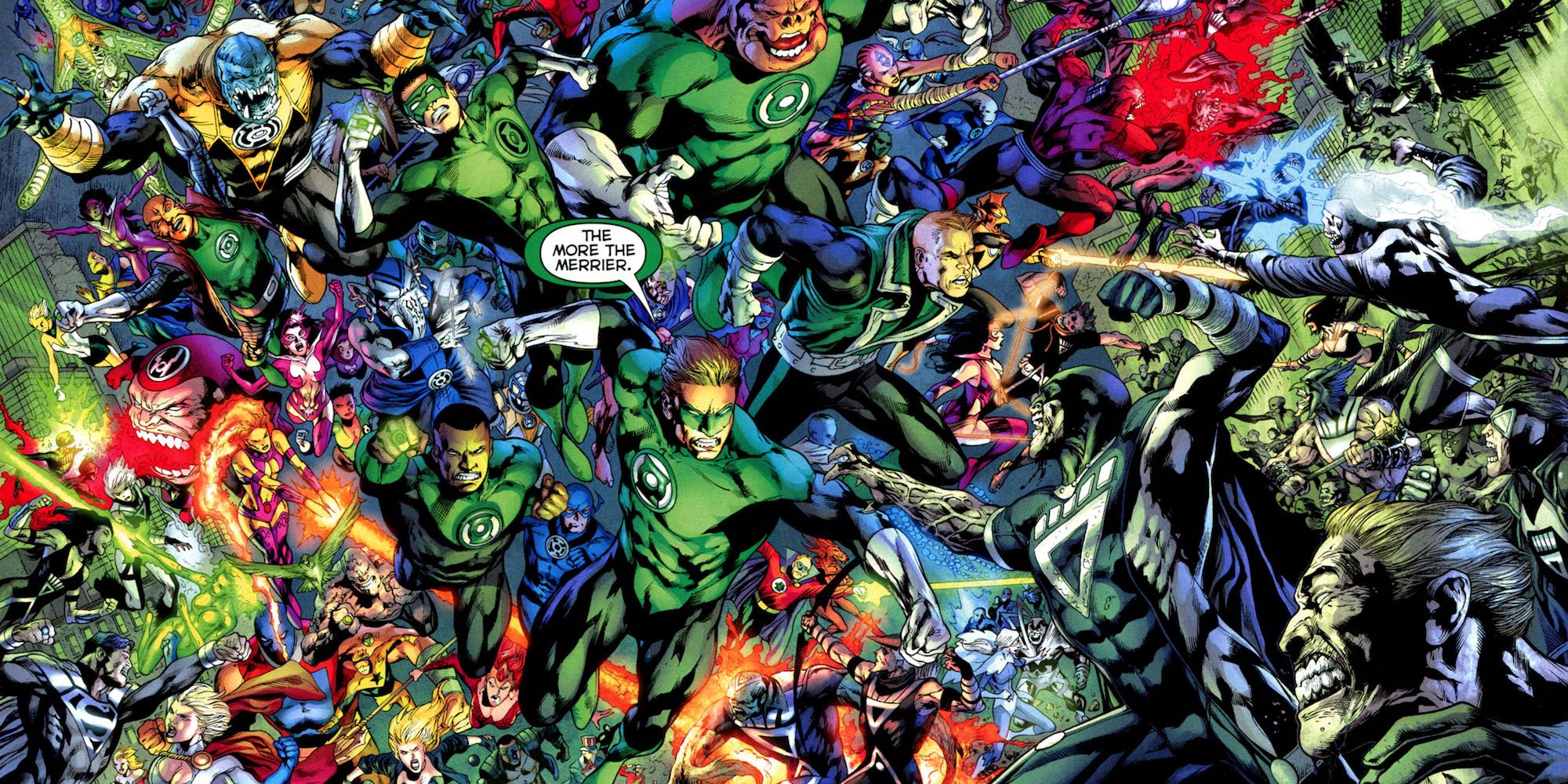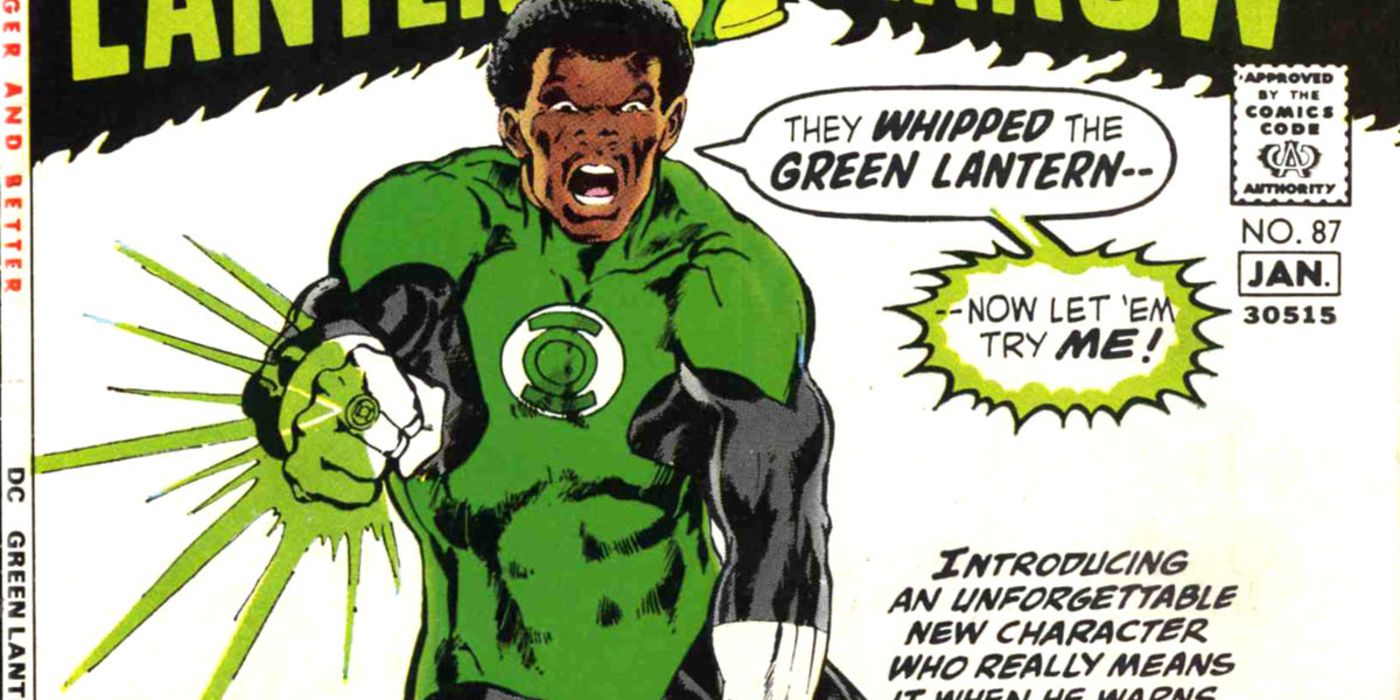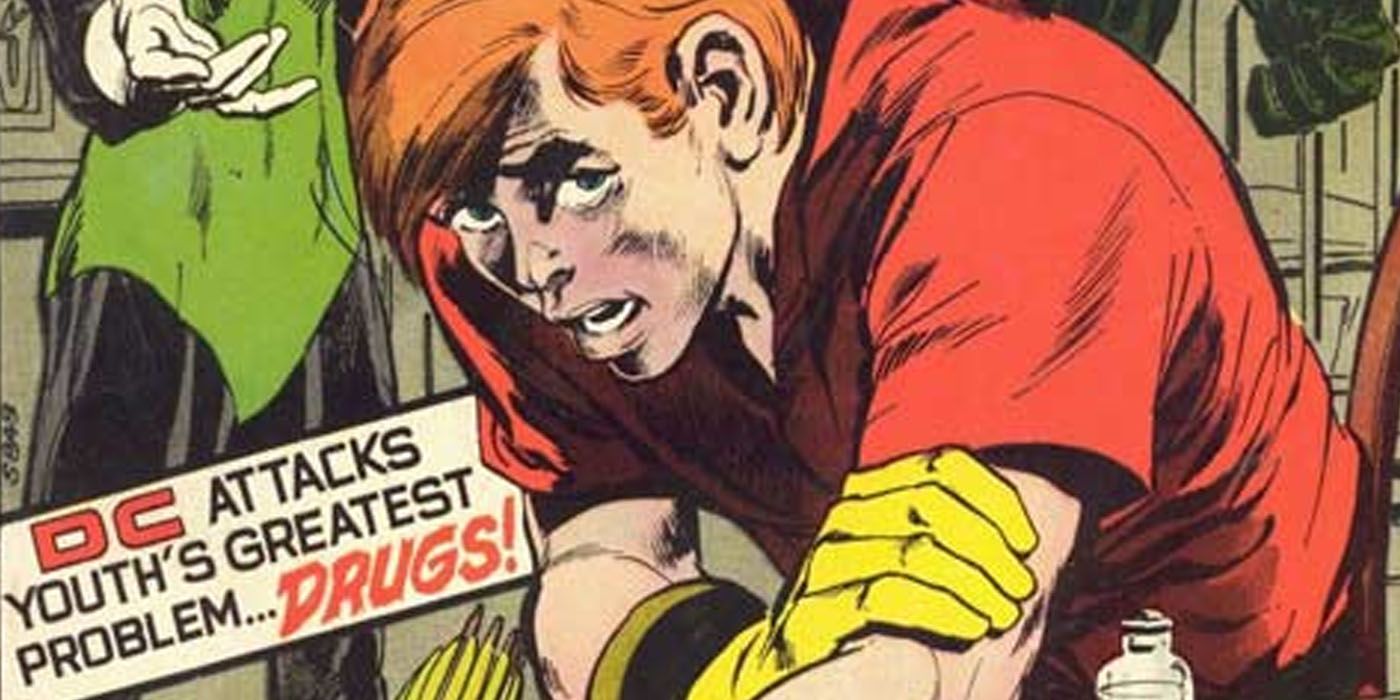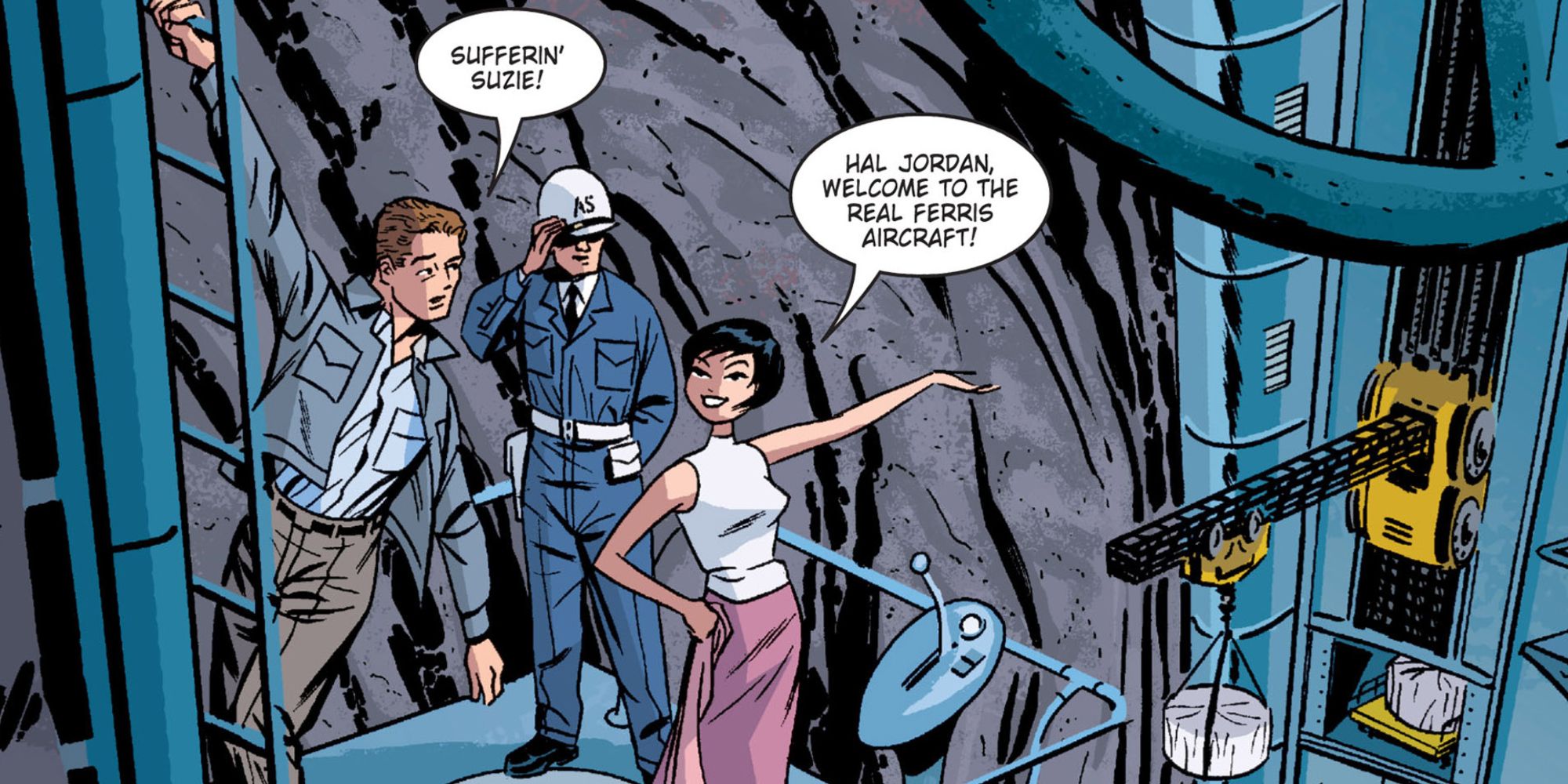Few characters in DC Comics shine as bright as Green Lantern. The superhero first appeared in All-American Comics #16 and in the eighty years since has occupied a key place in the ever-evolving DC Universe. Green Lantern's best comic book storylines ever shaped and broke the universe in key ways that fans looking forward to his appearance in the DCEU should know.
Green Lantern represents a lens to view every era of the superhero genre going back to the Golden Age. His Silver Age comics broke open the possibilities for what stories comics could tell, and his modern comics redefined the DC cosmos in ways that will certainly ripple through live-action in the future.
Earth One
With such a long history in comics, finding the best jumping-on point for fans proves difficult with Green Lantern. Green Lantern: Earth One offers a good place to start with a modern update to his origin. This story sees Hal Jordan abandon Earth after discovering that his work on a space station had nefarious purposes. In deep space, he finds a power ring.
The story provides a unique take on Jordan and the Green Lantern mythos, which tend to be rooted in Golden and Silver Age concepts. This story pushes things into the future but still uses Jordan and his inherent contrasts as a focus.
Emerald Twilight
A few major Green Lantern comic storylines fundamentally alter the DC Universe and Emerald Twilight is a must-read that explores Jordan's character and the value of the Lantern mythos. Spinning out from The Death of Superman storyline from 1992, Cyborg Superman destroys Coast City along with most of its inhabitants, driving Hal Jordan over the edge.
This leads to the most shocking deaths in DC Comics, with Jordan killing the entire Green Lantern Corps, acquiring their power rings, and becoming Parallax. The story examines what it means to become a god and also what happens when a god goes bad.
The Golden Age
The Green Lantern legacy goes back to 1940 when Alan Scott first appeared in comics. His earliest adventures remain fun, but his best storylines occur much later. The Golden Age represents a fantastic exploration of Scott and the Justice Society of America, the Golden Age forerunner to the Justice League.
Written by James Robinson and drawn by Paul Smith, among the best X-Men artists ever, this 1993 limited series offers a loving tribute to the Golden Age heroes that also confronts head-on challenging real-world concerns from the era like McCarthyism.
7.4.3.2.1.
Crisis On Infinite Earths, easily among the most important events in DC Comics' history, reimagined Green Lantern for the 1980s. "7.4.3.2.1," from Green Lantern #195-198 turns things on their head, though. The battle with the Anti-Monitor exhausts the Power Battery on Oa, robbing power rings of their potential. The Guardians then give their last energy to Guy Gardner.
Garnder certainly ranks among the best Green Lanterns in the comics but he's arguably the worst, with a giant ego and poor attitude. His ascendency in this storyline shocks and amuses and provides a good primer for fans curious about his inevitable appearance in live-action.
Secret Origin
Alan Scott numbers among the best multiversal versions of Green Lantern in the comics in large part to helping establish the multiverse concept. Jordan replaced Scott when the book relaunched in 1960, leaving the Golden Age volume's canonicity in doubt. That changed in Green Lantern #40 in 1965, "Secret Origin of the Guardians!"
This story brings Scott and Jordan together and begins to tease out the broader DC multiverse including Earth One and Earth Two. This storyline also introduces readers to Krona, the father of the Multiverse, a figure likely to appear in some form as the DCEU explores the multiverse concept.
A Prophetic Run
Alan Moore, the writer behind Watchmen, also contributed to Green Lantern. His run often goes overlooked thanks to his own immense work elsewhere but shouldn't. His contributions prove essential for Green Lantern fans as he developed the Blackest Night prophecy that would become so key in the future.
Moore wrote several sporadic stories, including Tales of the Green Lantern Corps Annual #3, that number among the best Green Lantern comics from the 1980s. These comics establish the dark future ahead for the Green Lantern Corps as well as the entire DC Universe.
Blackest Night
Blackest Night from 2009 capitalizes on the work Alan Moore did in the 1980s. The epic cosmic saga introduces numerous new characters and elements to the Green Lantern mythos, including the Black Lanterns themselves. Led by Nekron, they threaten existence itself as they reanimate the dead and seek to erase life from the universe.
This epic storyline sees Hal Jordan forced to team up with his greatest enemies like Sinestro, Atrocitus, and Larfleeze to defeat Nekron and save the universe from utter darkness.
A New Hero
Green Lantern #87 from 1971 introduced a milestone character in Green Lantern lore and DC Comics, making it a must-read for fans. John Stewart, the second Black superhero in DC Comics after Black Lightning, steps into the role occupied by Hal Jordan. He instantly became a signature character in the franchise.
Co-created by legendary comic book talents Denny O'Neill and Neal Adams, John Stewart changed the landscape figuratively and literally in the early Bronze Age for DC superhero comics, opening the door for the comics to explore timely social issues.
Speedy Does Drugs
Adams and O'Neill defined Green Lantern as a socially conscious character with another landmark storyline in Green Lantern #85-86. This story revealed that Speedy, Green Arrow's sidekick, abused drugs. This challenged Comics Code Authority's conventions at the time and contributed to superhero comics becoming more mature.
Though the story plays out through a superhero prism that involves the power ring running amok thanks to Speedy's substance abuse, it remains a powerful example of how Green Lantern shaped modern DC Comics.
The New Frontier
DC: The New Frontier presents perhaps the most in-depth exploration of Hal Jordan as a character in comics. This 2004 miniseries by the late writer and artist Darwyn Cooke reexamines the Golden Age era of the Justice League while also truly digging into character in a way that proves rewarding for old and new fans alike.
The story follows Jordan from his tour of duty in the Korean War to the frontlines of the Space Race and beyond and provides a solid grounding for any potential future adaptation of the character in live-action or animation.

